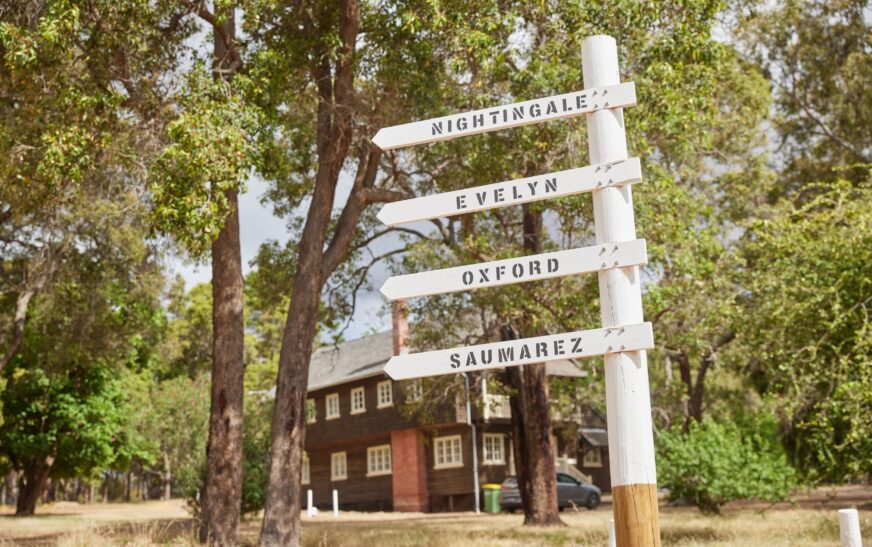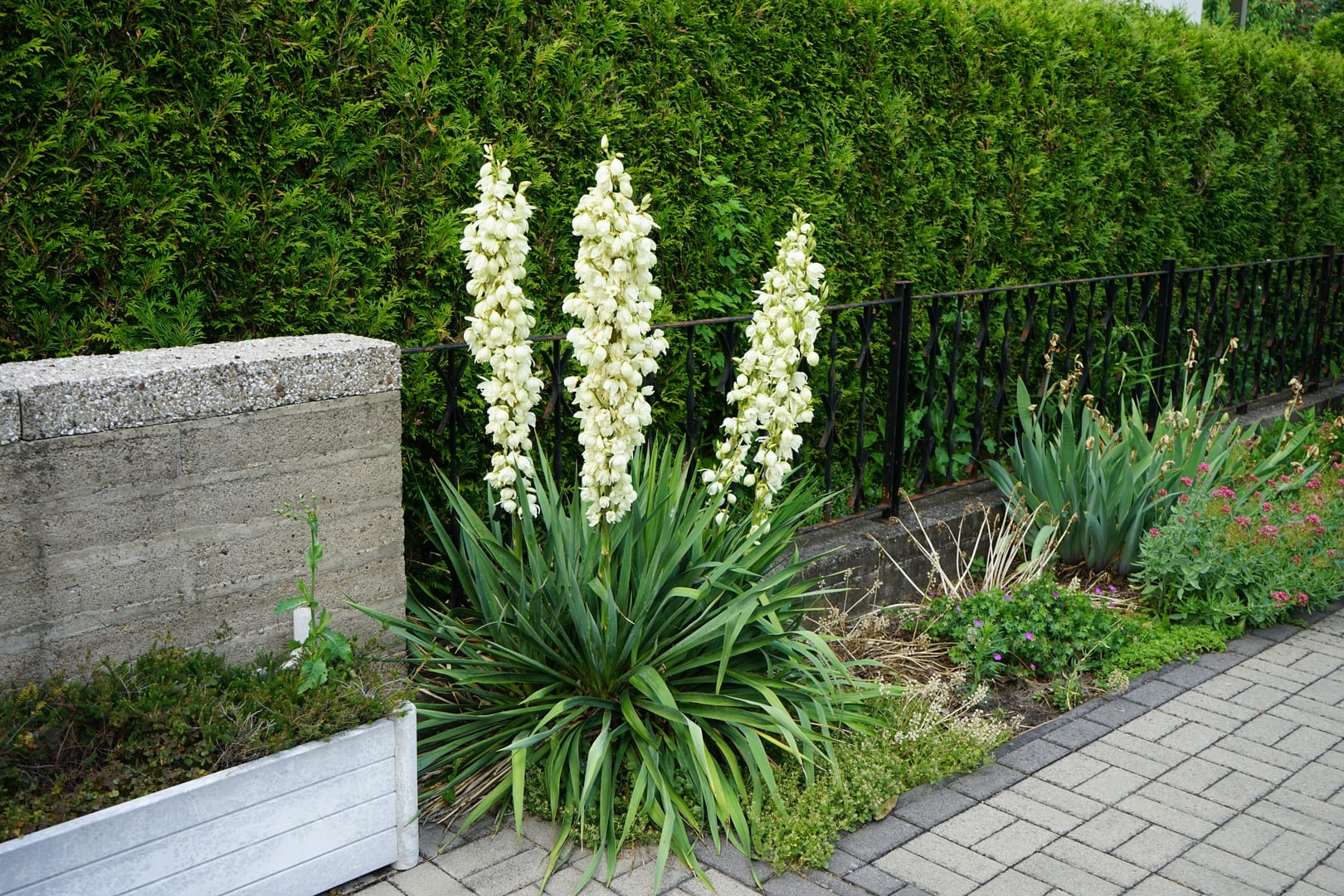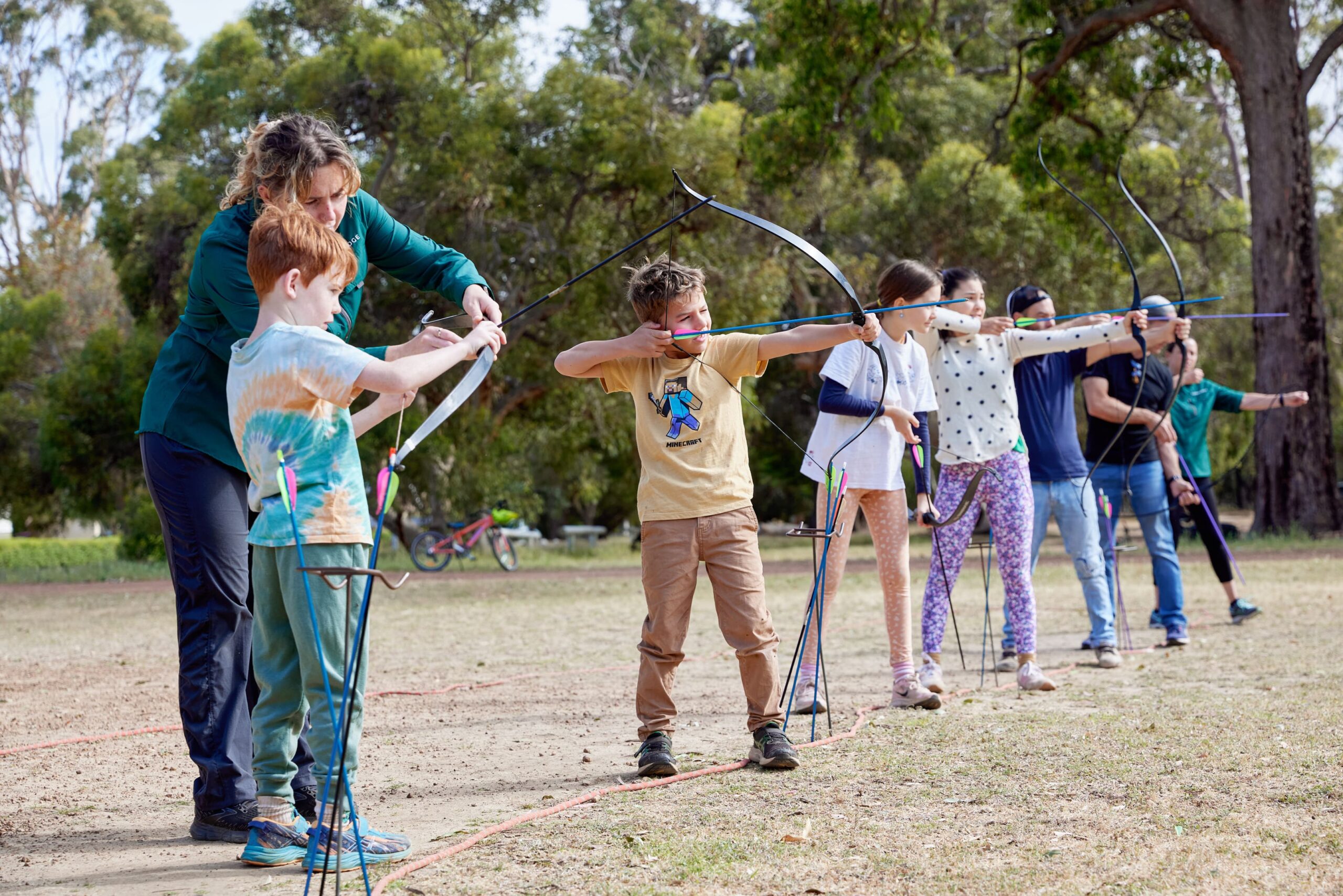Preserving cultural heritage is often viewed as a task reserved for historians, archaeologists, and governments. However, the impact of cultural heritage preservation extends far beyond these specialised fields and directly influences everyday life.
In Australia, where a rich and diverse cultural history spans thousands of years, the preservation of cultural sites, artefacts, and traditions is not just about safeguarding the past; it’s about shaping the future.
This is why we are exploring how preserving cultural heritage affects individuals and communities, with a focus on the Fairbridge Village in Western Australia as a case study.
The Role of Preservation in Modern Society
Preserving cultural heritage is not just about looking back; it plays a crucial role in contemporary society. The process of preservation can foster community engagement, enhance education, and contribute to economic development. Additionally, it can help individuals develop a deeper understanding of their own identities and the cultural contexts in which they live.
Fostering Community Engagement
Preserving cultural heritage can bring communities together by fostering a shared sense of history and identity. When communities actively participate in the preservation of local heritage sites or traditions, they strengthen their collective identity and build a sense of pride in their heritage. At Fairbridge Village, community involvement in restoration and maintenance projects has helped to keep the history of the site alive, while also providing opportunities for local residents to connect with their past.
Enhancing Education
Cultural heritage sites serve as invaluable educational resources, offering tangible experiences that cannot be replicated in a classroom setting. Visiting a historic site like Fairbridge Village allows individuals to engage directly with history, providing a deeper understanding of the past and its relevance to the present. Educational programs and tours at such sites can inspire a lifelong interest in history and cultural preservation, particularly among younger generations.
Contributing to Economic Development
Cultural heritage preservation can also contribute to local economies through tourism and job creation. Heritage tourism is a growing sector in Australia, attracting visitors who are interested in exploring the country’s rich cultural history. Sites like Fairbridge Village not only draw tourists but also create employment opportunities for locals, from tour guides to conservation experts. The economic benefits of heritage preservation can be significant, particularly in regional areas where tourism may be a primary source of income.
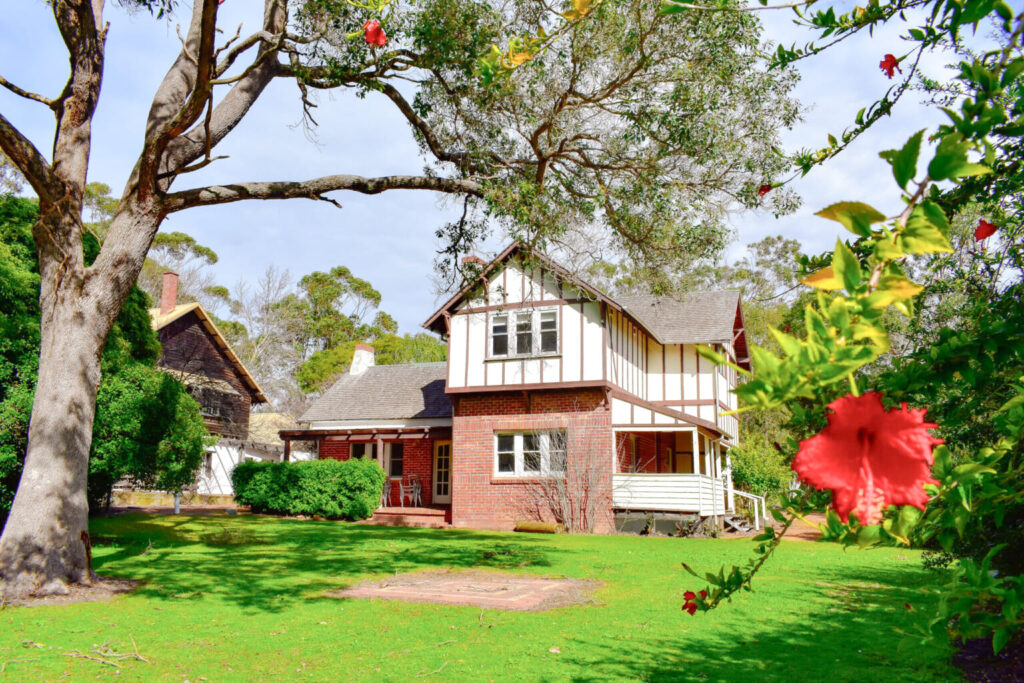
Personal Impact: Why Cultural Heritage Matters to You
While the broader societal benefits of cultural heritage preservation are clear, it’s important to recognise how this process impacts individuals on a personal level. Whether through direct interaction with heritage sites or the intangible connections to cultural traditions, preserving heritage affects our sense of self, community, and continuity.
Sense of Identity
Cultural heritage plays a key role in shaping personal and collective identities. For individuals, heritage provides a sense of belonging to a particular community or group. This connection to the past helps to ground people in their own identities, offering a sense of continuity that is especially important in an increasingly globalised world. Visiting places like Fairbridge Village allows people to explore these connections, deepening their understanding of how the past has shaped their present.
Connection to Community
Engaging with cultural heritage helps strengthen community bonds. By participating in preservation efforts or simply learning about local history, individuals contribute to a shared narrative that binds the community together. This shared history can be a source of pride and resilience, particularly in times of change or adversity. For example, the preservation of Fairbridge Village not only honours the experiences of those who lived there but also reinforces the community’s commitment to remembering and learning from the past.
Continuity and Legacy
Preserving cultural heritage is about ensuring that future generations have access to the same resources, knowledge, and traditions that we enjoy today. This sense of continuity is essential for maintaining cultural diversity and preventing the loss of valuable cultural knowledge. By supporting heritage preservation, individuals contribute to a legacy that will benefit not only their own descendants but also the broader society.
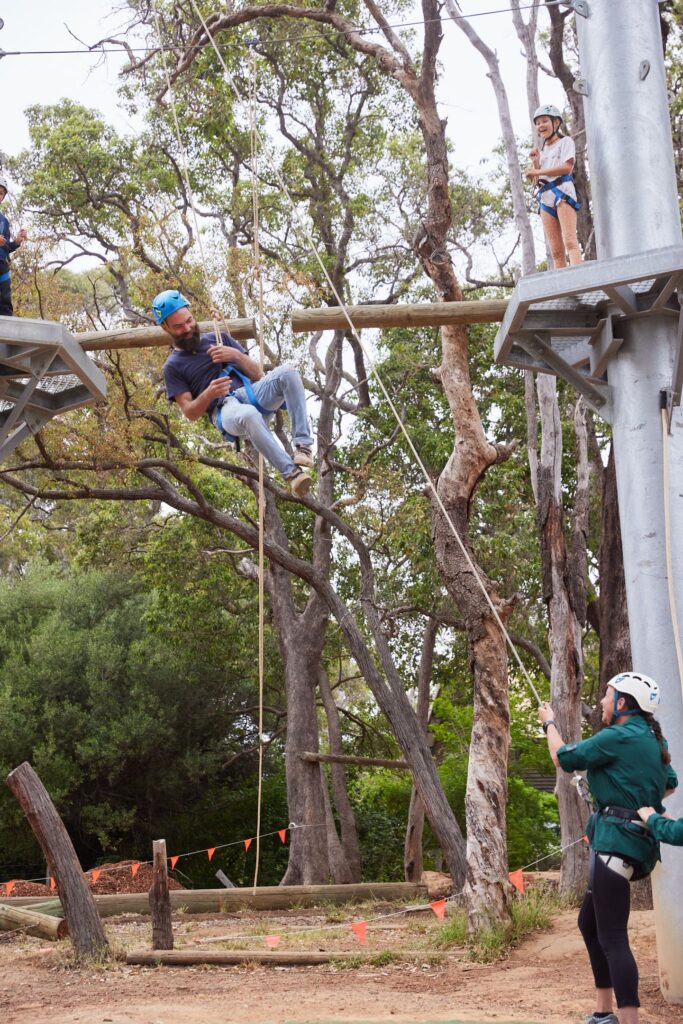
Challenges in Preserving Cultural Heritage
Despite its importance, preserving cultural heritage is not without its challenges. Issues such as funding, environmental threats, and the need for community support can complicate preservation efforts. Understanding these challenges is crucial for developing effective strategies to protect and maintain heritage sites and traditions.
Funding and Resources
One of the primary challenges in cultural heritage preservation is securing adequate funding. Restoration and maintenance of historic sites, as well as the documentation and transmission of intangible heritage, require significant financial resources. In many cases, heritage sites rely on government grants, donations, and volunteer support to sustain their preservation efforts.
Environmental Threats
Environmental factors also pose a significant threat to cultural heritage sites. Climate change, natural disasters, and environmental degradation can all have devastating effects on both tangible and intangible heritage.
Need for Community Support
Successful cultural heritage preservation often depends on the support and involvement of local communities. Without community engagement, preservation efforts can struggle to gain traction or may fail to address the needs and values of those most directly affected.
Conclusion
Preserving cultural heritage is a vital endeavour that affects individuals and communities in profound ways. From fostering a sense of identity and community to contributing to education and economic development, the benefits of heritage preservation are far-reaching. While challenges exist, particularly in securing funding and addressing environmental threats, the future of cultural heritage preservation in Australia is promising. By embracing innovation, education, and community involvement, we can ensure that our rich cultural heritage continues to enrich our lives for generations to come.

